In this guide, we will explore the fascinating world of Hostas, beloved for their lush foliage and remarkable versatility in garden design. Hostas are known for their ability to thrive in various lighting conditions, but the burning question for garden enthusiasts is, “Where To Plant Hostas Sun or Shade?” Gina Farm will delve deep into this topic, offering expert insights to help you make informed decisions for your garden.
What Are Hostas?
Hostas, scientifically known as Hosta, are herbaceous perennial plants that belong to the family Asparagaceae. They are native to East Asia, primarily Japan, China and Korea. Hostas are treasured for their ornamental foliage, which comes in a wide range of colors, sizes and textures, making them a favorite among gardeners.
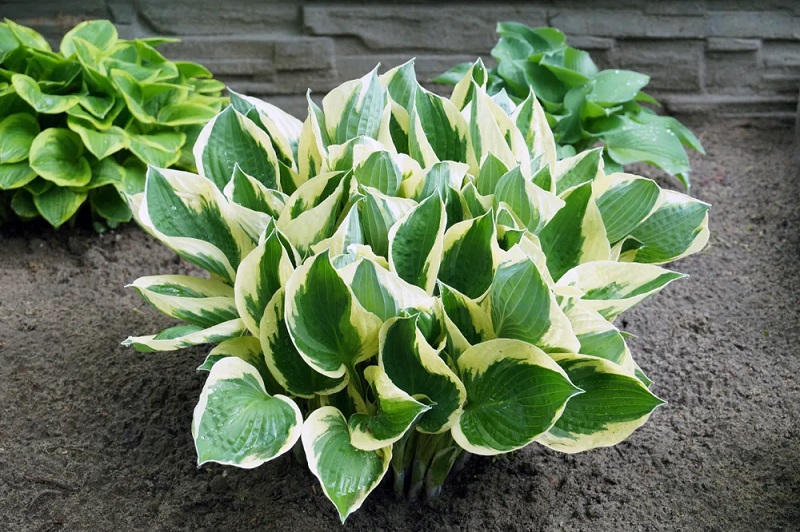
Where To Plant Hostas Sun or Shade?
One of the most common queries that gardeners face is whether Hostas prefer sunny or shady spots. The answer to this question isn’t one-size-fits-all. Hostas exhibit remarkable adaptability and can be grown in both sun and shade, depending on the species and variety.
Hostas in the Sun
While Hostas are often associated with shade, some varieties can tolerate and even thrive in full or partial sun. Here are a few considerations for planting Hostas in sunny locations:
- Light Requirements: Hostas in the sun need at least four to six hours of direct sunlight daily. Varieties with yellow or gold foliage tend to perform better in sunny spots.
- Soil Conditions: Ensure that the soil is well-draining and rich in organic matter. Amending the soil with compost can enhance its fertility and water retention capabilities.
- Hydration: Regular watering is crucial for Hostas in the sun, as they are more prone to drying out. Water deeply but avoid waterlogged conditions.
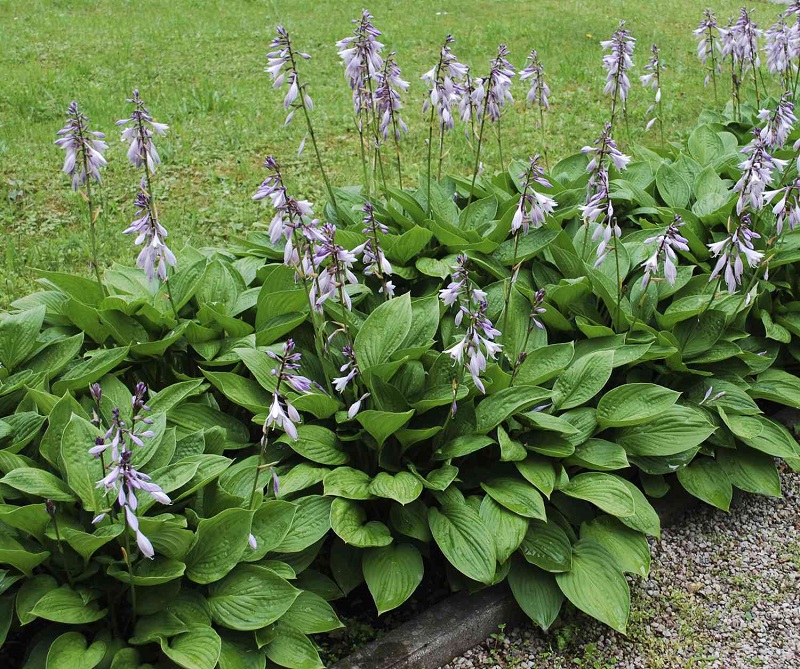
Hostas in the Shade
Shade-loving Hostas are more common and well-known. They tend to thrive in shaded areas, but the type of shade matters. Here’s what you need to know:
- Types of Shade: Hostas prefer dappled or filtered shade. They thrive under the canopy of taller trees, which provides them with the right amount of light without scorching their delicate leaves.
- Soil Conditions: Hostas in the shade require moist, well-draining soil rich in organic matter. Adding a layer of mulch can help maintain soil moisture.
- Hydration: While Hostas in the shade need less water than their sun-loving counterparts, it’s essential to keep the soil consistently moist.
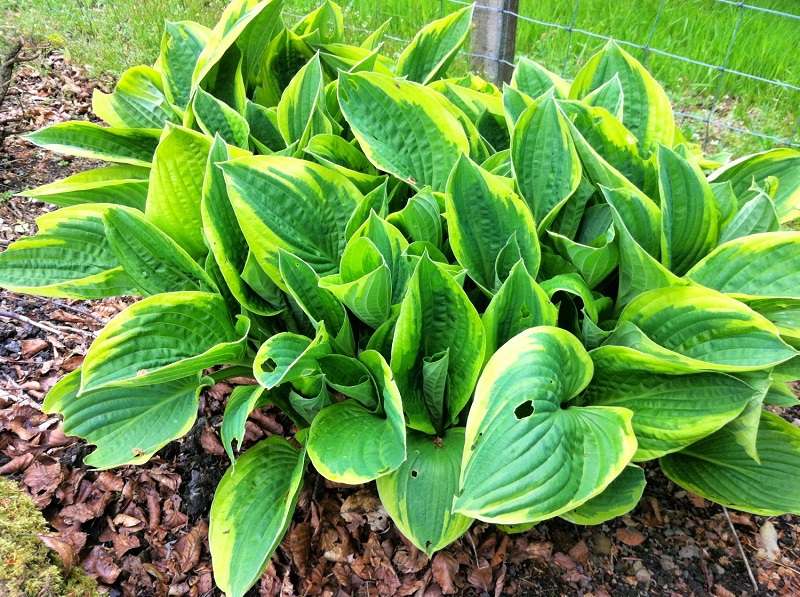
In general, it’s a good idea to observe your garden’s specific conditions and the particular hosta varieties you have to determine the best planting location. Providing adequate moisture and mulching around the base of the plants can also help Hostas thrive in varying light conditions. Keep in mind that while Hostas are primarily grown for their foliage, they do produce attractive flowers in the summer, but the foliage remains their most prominent feature.
Choosing the Right Hosta Variety
To determine whether your Hostas should be placed in sun or shade, you must first identify the specific variety you’re working with. Hostas are not a one-size-fits-all plant and their needs can vary significantly.
Sun-Tolerant Hostas
If you have a sunny garden and wish to incorporate Hostas, consider these sun-tolerant varieties:
- Hosta ‘Sum and Substance’: This large and vibrant variety thrives in partial sun and boasts golden-yellow foliage.
- Hosta ‘Guacamole’: Known for its striking green and gold variegated leaves, ‘Guacamole’ is an excellent choice for sunny spots.
- Hosta ‘June’: This compact hosta offers blue-green leaves with creamy yellow margins, making it suitable for partial sun conditions.
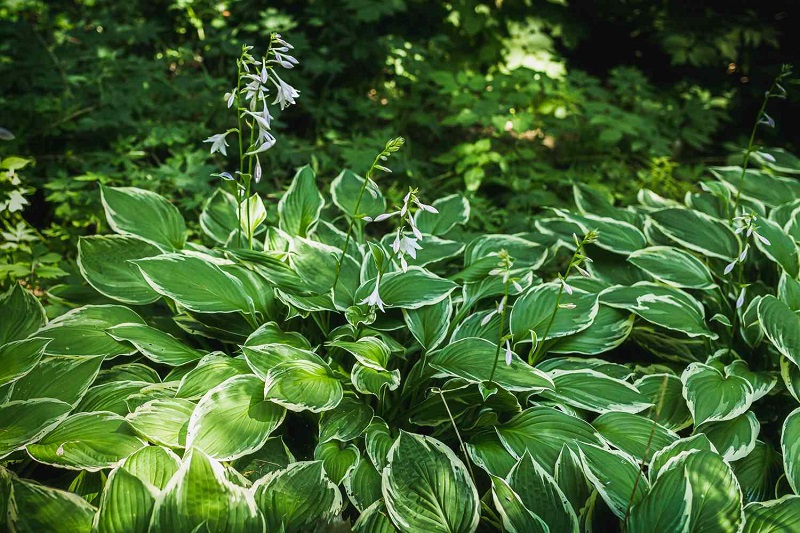
Shade-Loving Hostas
For gardens with more shaded areas, here are some popular Hostas that thrive in such conditions:
- Hosta ‘Patriot’: Recognized for its bold, variegated leaves with deep green centers and white margins, ‘Patriot’ excels in shaded settings.
- Hosta ‘Blue Angel’: With its impressive, broad blue-green leaves, ‘Blue Angel’ is an ideal choice for shaded gardens.
- Hosta ‘Frances Williams’: This hosta variety features large, heart-shaped leaves with blue-green centers and golden-yellow edges, making it a shade garden favorite.

What types of Hosta plants are there?
There are numerous hosta varieties, each with its own unique characteristics, making them a versatile and popular choice for shade gardens. Hostas are typically categorized based on various attributes, such as size, leaf color and growth habit. Here are some common types of hosta plants:
Size
- Miniature Hostas: These are the smallest Hostas, usually growing up to 8 inches in height. They are ideal for small spaces and container gardening.
- Small Hostas: Small Hostas typically reach 8 to 15 inches in height and are well-suited for edging or border planting.
- Medium Hostas: These Hostas range from 15 to 22 inches in height and are versatile for various garden settings.
- Large Hostas: Large Hostas can grow up to 30 inches in height and are often used as focal points in the garden.
- Giant Hostas: These are the largest Hostas, often exceeding 30 inches in height and width, making them impressive specimens.
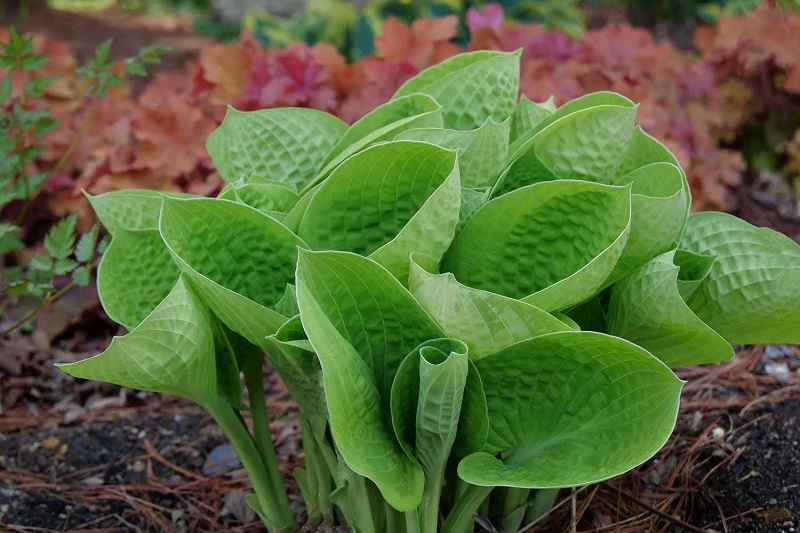
Leaf Color
- Green-Leafed Hostas: These have various shades of green leaves and many hosta varieties fall into this category.
- Blue-Leafed Hostas: Blue Hostas have leaves with a bluish hue, which can range from powdery blue to steel blue.
- Gold/Yellow-Leafed Hostas: These Hostas have yellow or gold foliage, which can vary in intensity.
- Variegated Hostas: Variegated Hostas feature leaves with a mix of colors, often combining white, cream, or yellow with green or blue.
Leaf Shape and Texture
- Heart-Shaped Hostas: Some Hostas have heart-shaped leaves, giving them a romantic and soft appearance.
- Elongated or Lance-Shaped Leaves: Hostas with more elongated leaves provide a different texture in the garden.
- Textured or Corrugated Leaves: Some Hostas have deeply ribbed or corrugated leaves, adding a unique dimension to the garden.
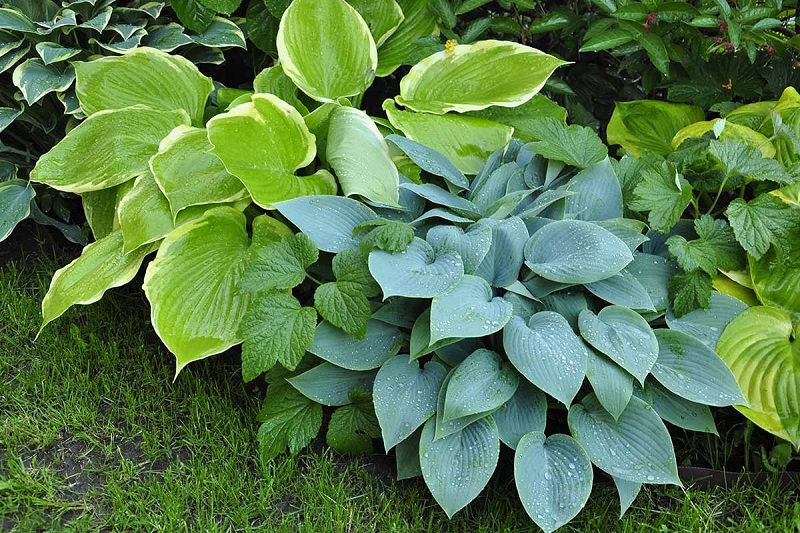
Fragrance
Fragrant Hostas: While not all Hostas have fragrant flowers, there are specific varieties like Hosta plantaginea known for their pleasant fragrance.
Bloom Time
- Early-Blooming Hostas: These Hostas produce flowers in the early part of the growing season.
- Late-Blooming Hostas: Some Hostas bloom later in the season, providing late-summer color.
Sun and Shade Tolerance
Shade-Tolerant Hostas: Most Hostas are shade-loving plants but can vary in their tolerance for sunlight. Some can tolerate more sun than others.
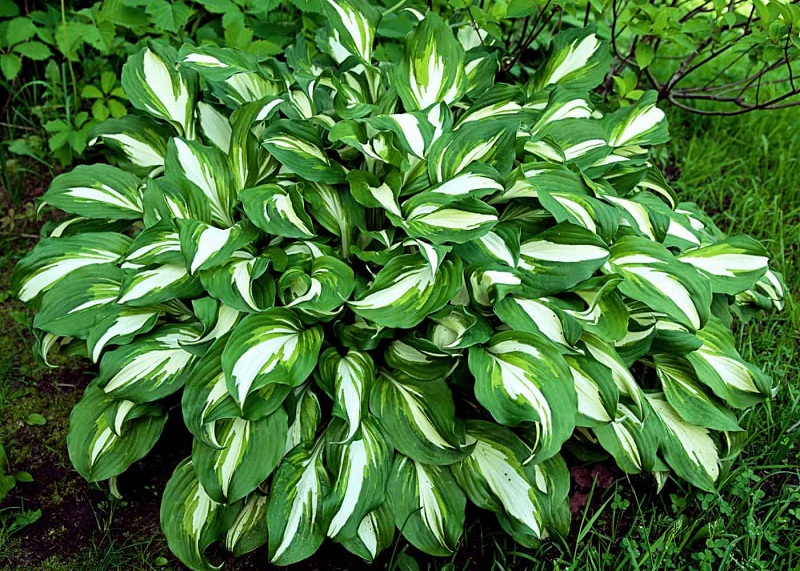
Leaf Size and Color Change
Mini and Small Hostas with Color Change: Some Hostas change leaf color from green to a more vibrant color as the season progresses.
Specialty Hostas
- Hosta ‘Sum and Substance’: Known for its large, chartreuse leaves.
- Hosta ‘Patriot’: Features green leaves with white margins.
- Hosta ‘Frances Williams’: Has blue-green leaves with yellow margins.
- Hosta ‘Guacamole’: Known for its bright green leaves with white margins.
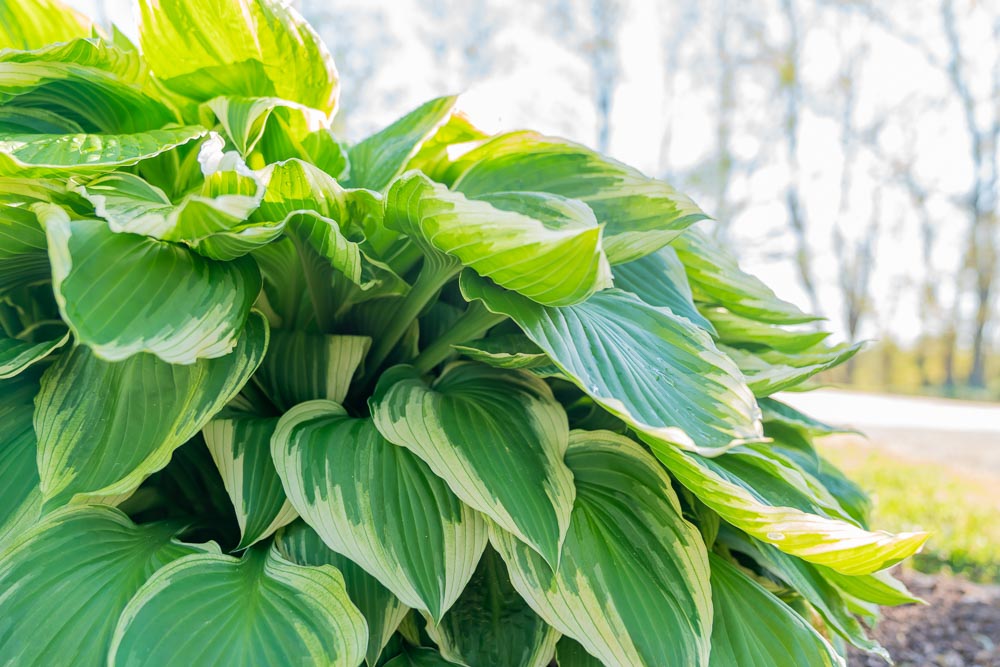
These are just a few examples of the many hosta varieties available. The variety you choose will depend on your garden’s specific conditions and your personal preferences for size, color and texture. Hostas are versatile plants that can add beauty and interest to your shaded garden areas.
How to landscape with Hostas plants?
Landscaping with Hostas can create a lush and visually appealing garden, especially in shaded or partially shaded areas. Here are some tips for landscaping with Hostas:
Choose the Right Varieties
Select hosta varieties that suit your garden’s conditions, such as size, leaf color and texture. Consider the available space, light levels and your personal aesthetic preferences.

Create Borders and Edging
Hostas are often used to create borders and edging in garden beds due to their low growth habit and attractive foliage. Plant smaller Hostas like miniature or small varieties along the edges to define the borders.
Layering
Use Hostas in combination with other shade-loving plants to create layered and textured plantings. Taller Hostas can serve as backdrops for smaller plants like ferns, heucheras, or astilbes.
Mass Plantings
Create a striking effect by planting a large group or mass of Hostas in a particular area of your garden. This can make a bold statement and add a sense of unity to the landscape.
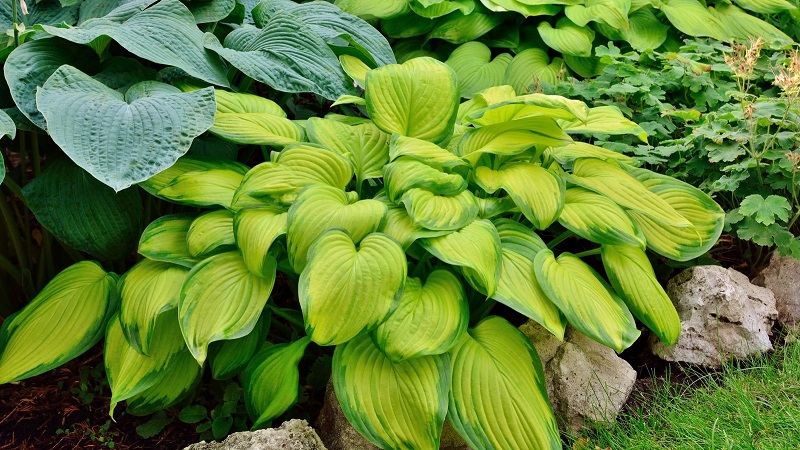
Color Combinations
Hostas come in a variety of leaf colors, so consider how they can complement other plants in your garden. For example, you can create contrast by pairing blue Hostas with plants that have silver or variegated foliage.
Focal Points
Large hosta varieties can be used as focal points in the garden. Plant them strategically in areas where you want to draw attention, such as at the end of a pathway or in the center of a shaded garden bed.
Under Trees
Hostas are well-suited for planting under trees, as they can thrive in the dappled or filtered sunlight that often occurs in such locations. Make sure to provide adequate moisture as tree roots can compete for water.
Grouping by Varieties
Arrange Hostas in clusters or groups by variety to create a sense of order and organization in your garden. This can help highlight the unique features of each hosta.
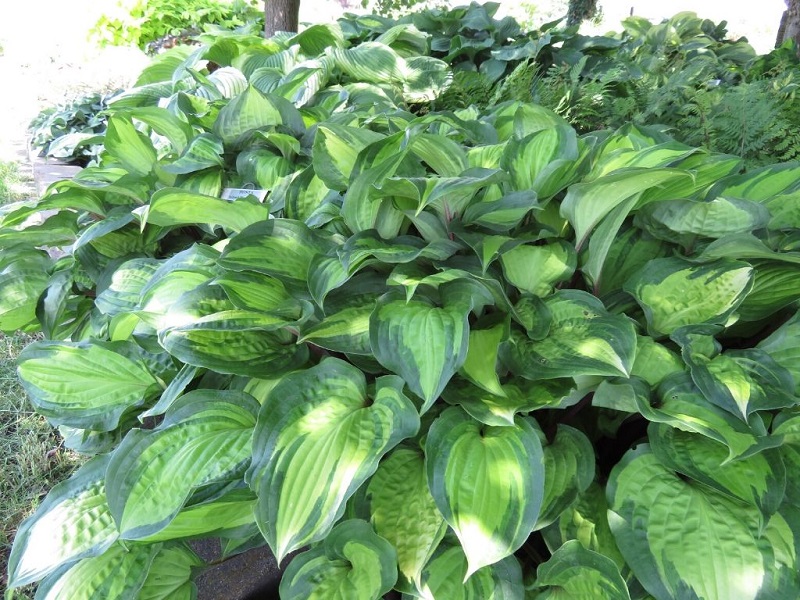
Container Gardening
Plant Hostas in containers or pots, especially smaller varieties or miniature Hostas, to add interest to patios, decks, or other outdoor living spaces. Container gardening with Hostas allows for mobility and easy rearrangement.
Ground Covers
Low-growing Hostas can be used as ground covers in shaded areas. They help suppress weeds and create a uniform look.
Mulching
Apply a layer of organic mulch around Hostas to help conserve moisture, regulate soil temperature and deter weeds. This will also enhance the appearance of the planting bed.
Seasonal Interest
While Hostas are primarily grown for their foliage, they produce attractive flowers in the summer. Consider incorporating companion plants that bloom at different times to provide continuous seasonal interest.

Maintenance
Hostas are relatively low-maintenance, but regular watering, occasional division (every few years to prevent overcrowding) and slug and snail control may be necessary.
Remember to plan your hosta landscape design carefully, taking into account the growth habits and eventual size of the hosta varieties you choose. By combining different Hostas and companion plants, you can create a visually pleasing and harmonious garden that thrives in shaded conditions.
In Conclusion
The question of where to plant Hostas sun or shade depends on the specific variety and your garden’s lighting conditions. With the information provided in this guide, you’re well-equipped to make the right decision and ensure the success of your Hostas.
Hostas are remarkable plants that can add beauty and charm to any garden and with proper care and placement, you can enjoy their lush foliage for years to come. Whether you opt for sun-tolerant or shade-loving Hostas, your garden will undoubtedly benefit from their presence.
Remember, the key to successful hosta cultivation is understanding your plant’s needs, selecting the appropriate variety and providing the right environmental conditions. With this knowledge, you’re on your way to creating a thriving hosta garden that will be the envy of your neighbors.
Now, it’s time to roll up your sleeves, get out in the garden and enjoy the rewarding experience of growing these exquisite perennial plants. Happy gardening!
